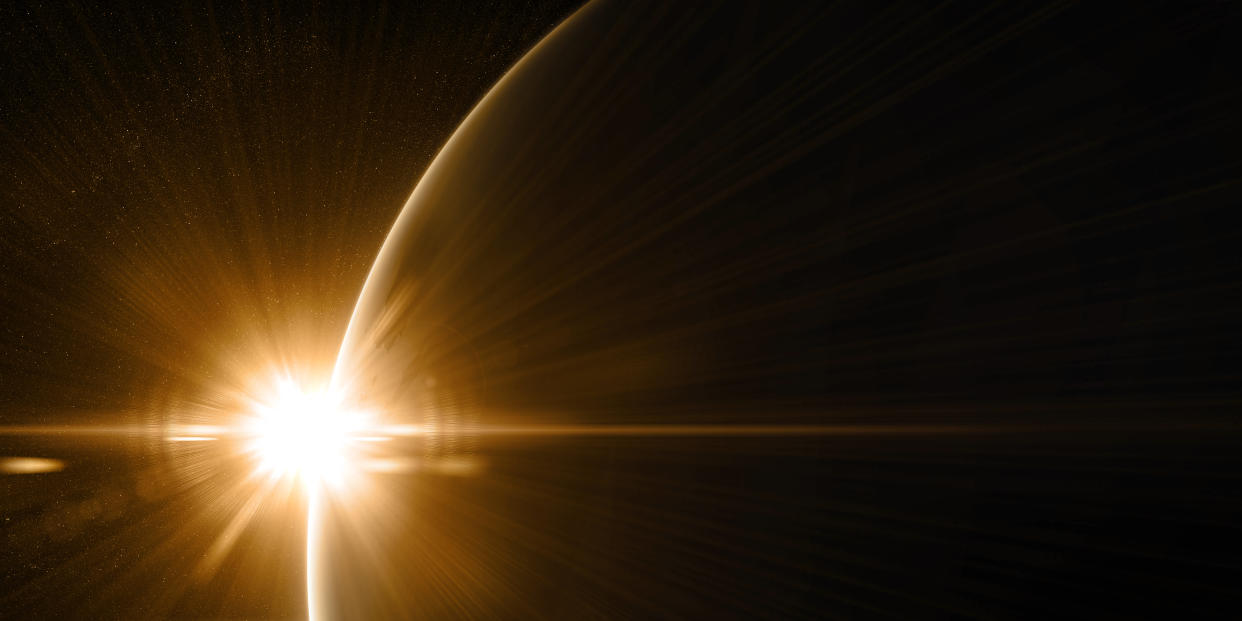Huge explosion in space ‘created several hundred planets’ worth of gold’

Don’t tell any gold prospectors, but there’s hundreds of planets’ worth of the precious yellow metal among the stars - after scientists found evidence of huge golden explosions in space.
Researchers first spotted a ‘kilonova’ - a turbocharged explosion that instantly forged several hundred planets' worth of gold and platinum - in August 2017, in a merger between two neutron stars.
Astronomers suspect that all of the gold and platinum on Earth formed as a result of ancient kilonovae created during neutron star collisions.
But now researchers from the University of Maryland's Department of Astronomy believe that another gamma ray burst spotted in August 2017 may have had its own ‘kilonova’.
Read more
Humans ‘will soon be replaced by cyborgs’ that will design themselves
A third of Labour voters wouldn't want their child to marry a Tory
Around 150 people suffer breathing difficulties after visiting Essex beaches
NASA's Neil Gehrels Swift Observatory began tracking the 2016 event, named GRB160821B, minutes after it was detected.
The early catch enabled the research team to gather new insights that were missing from the kilonova observations of the LIGO event, which did not begin until nearly 12 hours after the initial collision.
Lead author Eleonora Troja, ‘The 2016 event was very exciting at first. It was nearby and visible with every major telescope, including NASA's Hubble Space Telescope. But it didn't match our predictions--we expected to see the infrared emission become brighter and brighter over several weeks.
‘Ten days after the event, barely any signal remained. We were all so disappointed. Then, a year later, the LIGO event happened.
‘We looked at our old data with new eyes and realized we had indeed caught a kilonova in 2016. It was a nearly perfect match. The infrared data for both events have similar luminosities and exactly the same time scale.’


